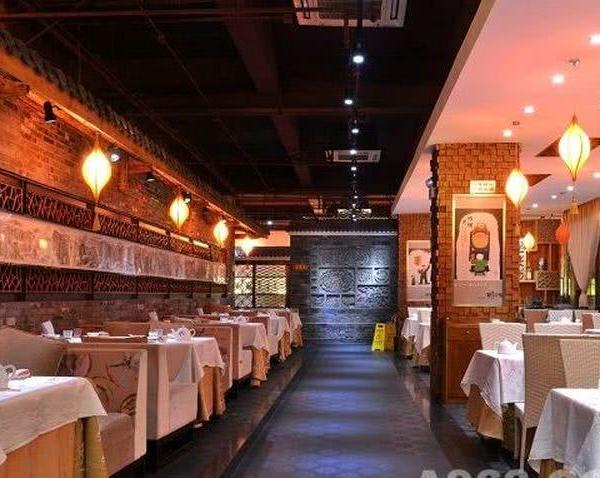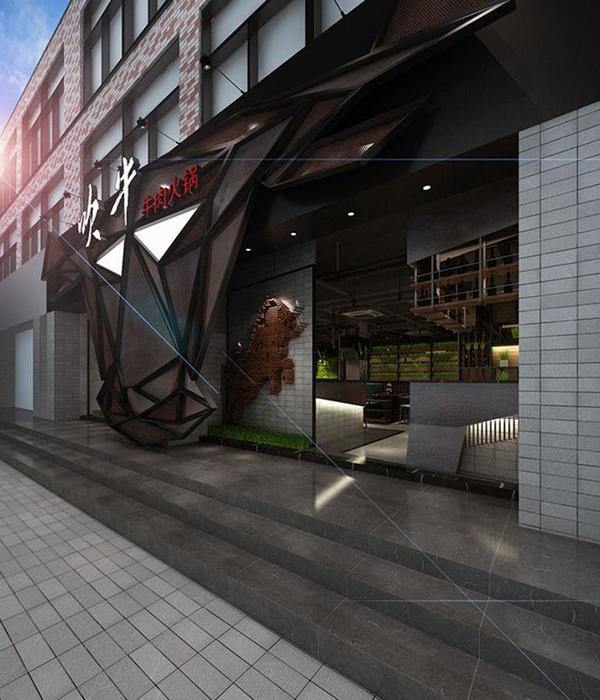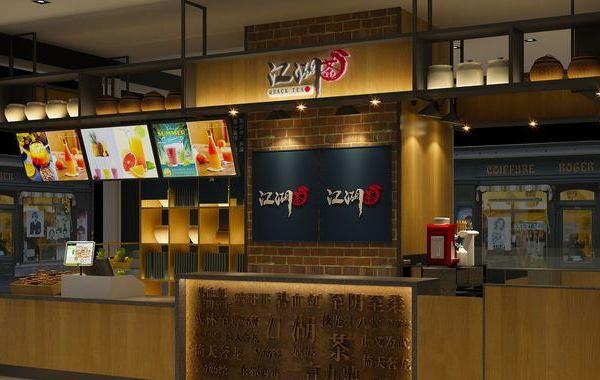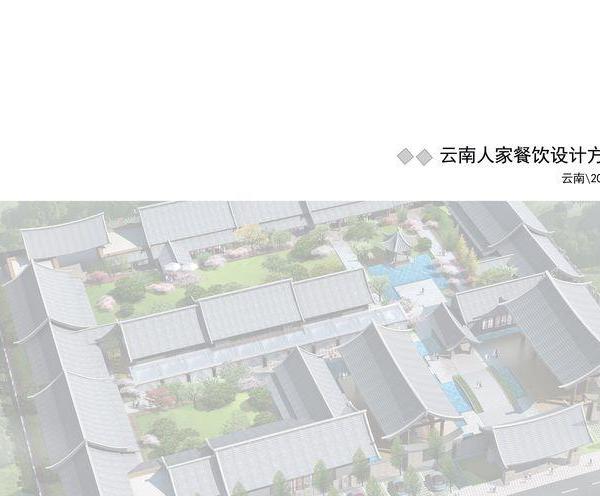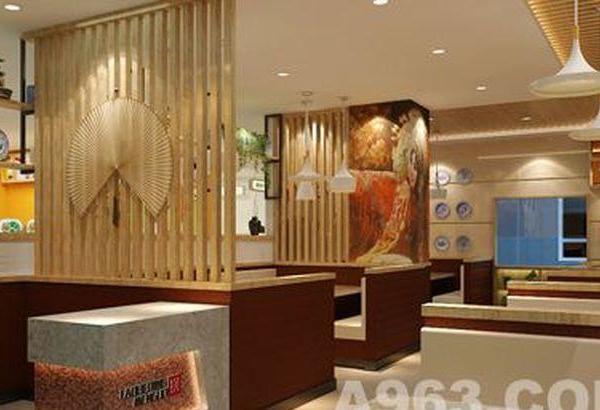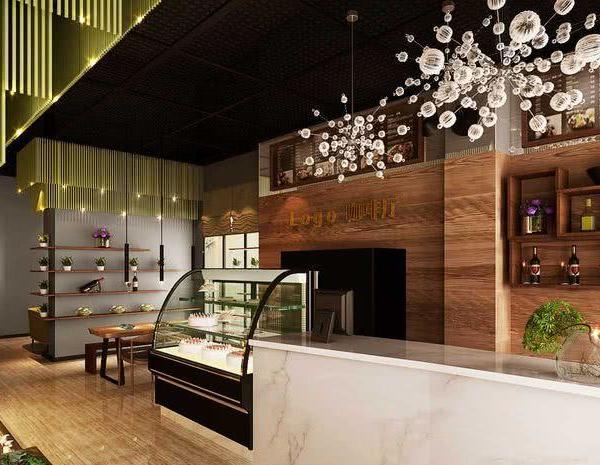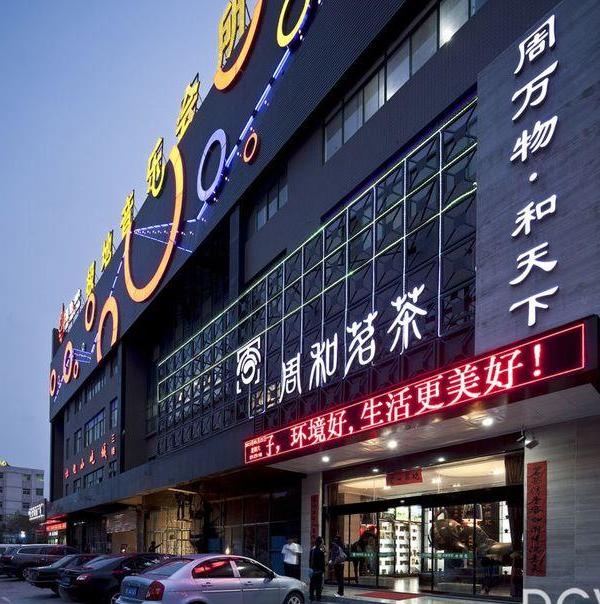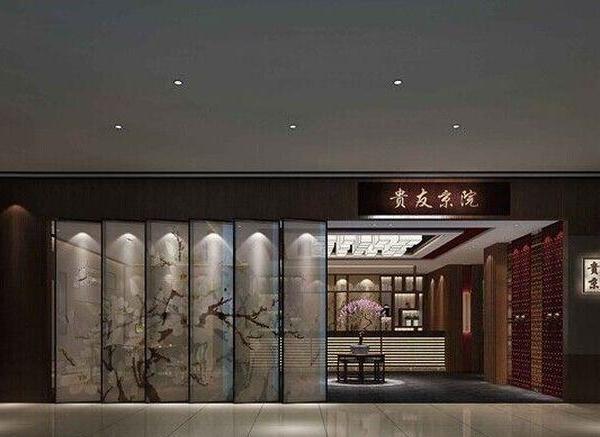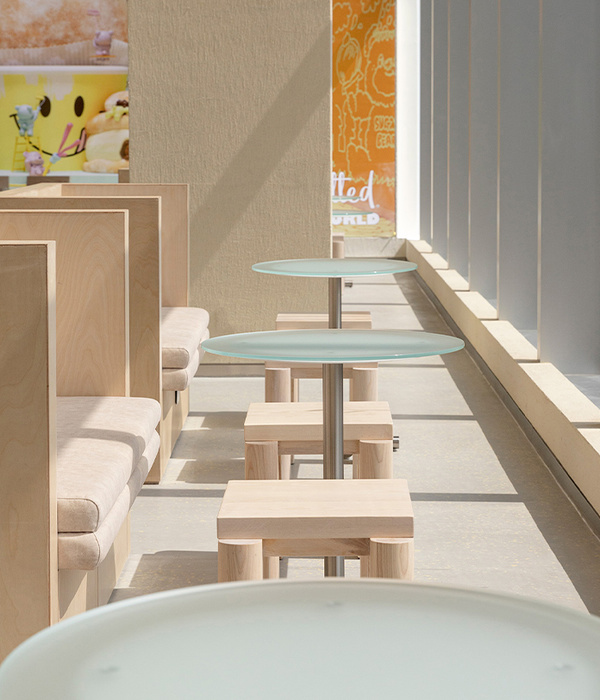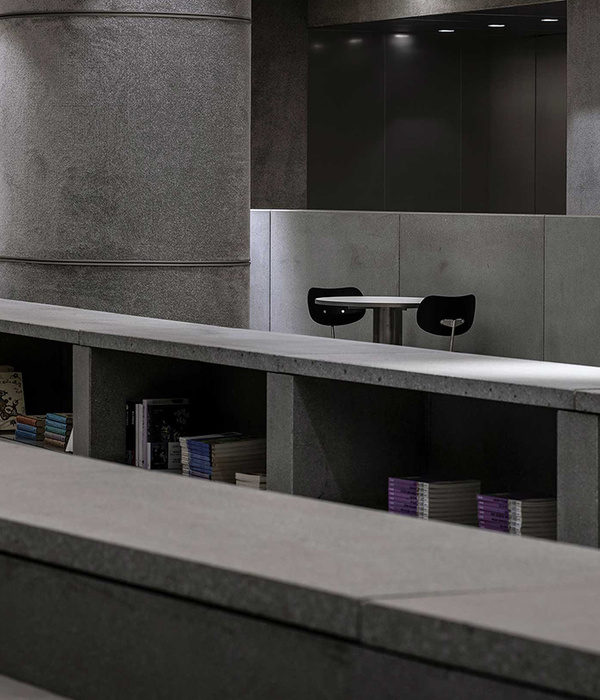Architects:BodinChapa Architects
Area :200 m²
Year :2021
Photographs :Rungkit Charoenwat
City : Phra Nakhon Si Ayutthaya
Country : Thailand
TEWA is the starting point for a wide variety of sweet, main dish and beverages from traditional restaurant 'Pae Thewaraj', a Thai restaurant on the Pasak River that has been established for more than 40 years. Nowadays, the grandchildren have started to manage and this is the beginning of adding dimension in the field of food this to serve many types of customers as well. As a new generation and a culinary graduate, we wanted to add a menu to suit the era that needed a wide variety of options, resulting in Tewa Café serving drinks , coffee and italian food which is set up as part of the same area as the Thewarat restaurant.
With the specialty of the corner of the river that converges between the Pa Sak River and Khao Mao Canal, the area of both Phae Thewarat and Tewa Café, located on opposite banks of the water, offers views of the Pasak River with its small canals and waterfront lifestyle that is well connected to the great river.
The designer wanted to find a connection between the two stores, which had differences in food and style to be united. Therefore chose to use the concept of palm leaf carp, which is a symbol of their bond with the water as we often see people put forward to interpret this easy-to-understand story told by TEWA's concept of a reverse perspective. Bring the palm leaves to spread out , we can see the lines of the two palm leaves that curl around each other.
The front of the building uses lines inspired by carp weaving by choosing to use gray brick material to line up the welcome line and to define the lines of the walk into the area of the shop. This brick line coils and connects the outer space into the building. The part that flows into the building brings green space into the interior as well. Including the gray brick line at the back that serves to connect the Tewa Café area to the original context of the Patewaraj restaurant as well.
In the stairway area, the front entrance is designed to hide the wheelchair ramp to make it more convenient for the elderly and the disabled. Within the first floor area acts as the heart of the store, combining the functions of food and beverage production. Customer reception area and design some seating areas to be able to accommodate customers. Some of the facade walls are designed to be solid walls and only open light holes at the bottom. To close the view from the front, focus on the meal and open up the view overlooking the temple, waterfront community and the alternative river.
The stairs to the second floor is designed to be raised from outside in order to push the Circulation area not to be divided into the interior building area. To help reduce the proportion of the building to not be too large The walkway up is a terrace overlooking the river and before walking into the interior, you will see a large glass that opens your view, revealing the tree of the shop in front of the building. Create color and charm to the restaurant atmosphere as well. The interior of the second floor is distinguished by the roof line and the curved ceiling that has lines that originate from the palm leaf as well. The designer opens some parts of the second floor to connect the 2 floors of the building together.
Apart from the colorful lines derived from the conceptual development of palm leaf carp weaving .The designer believes that this building will create some symbolic spaces that allow diners to access the deliciousness of the food menu and impress with the architectural perspectives that conveyed through the space and the materials the designer well intends to communicate.
▼项目更多图片
{{item.text_origin}}

